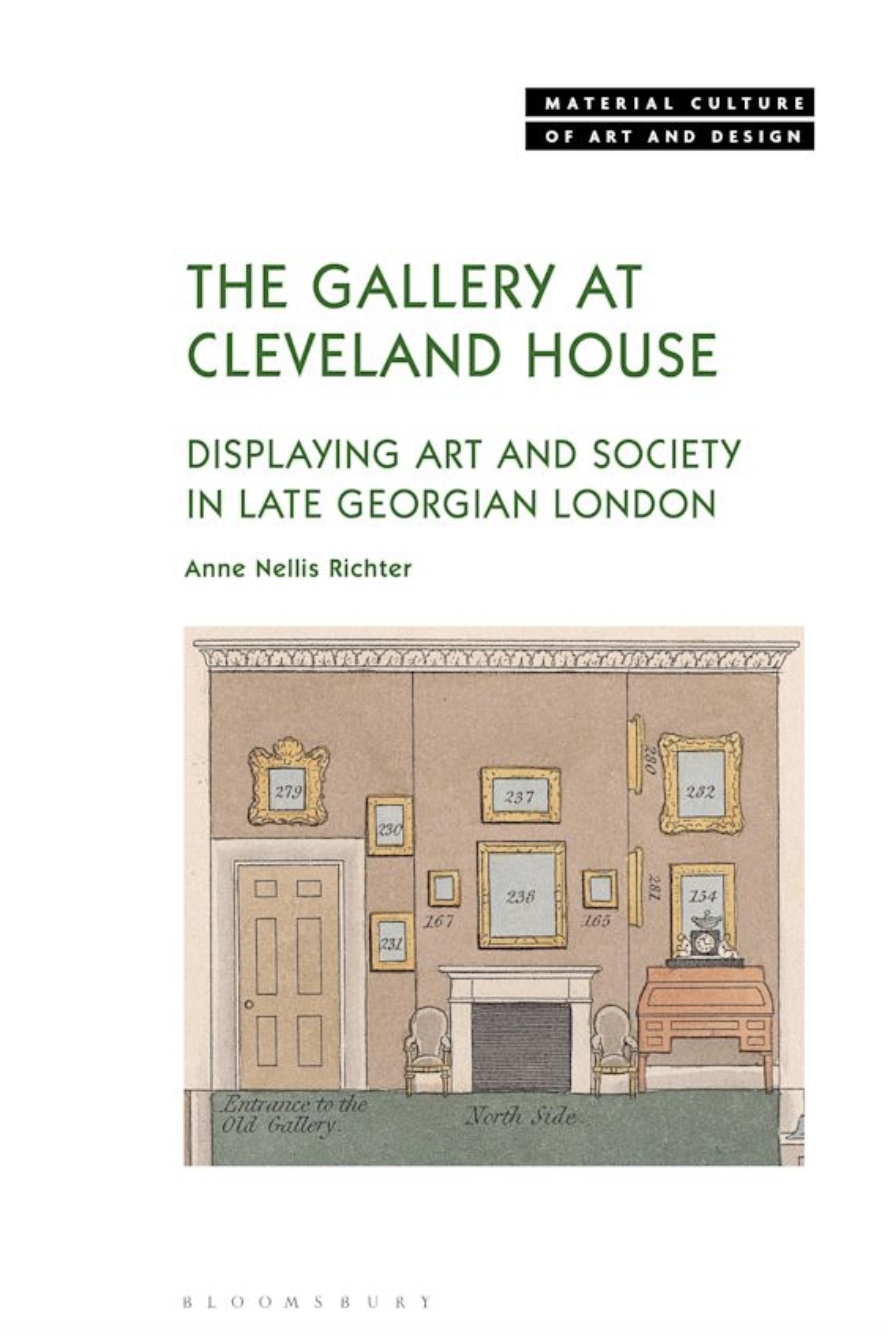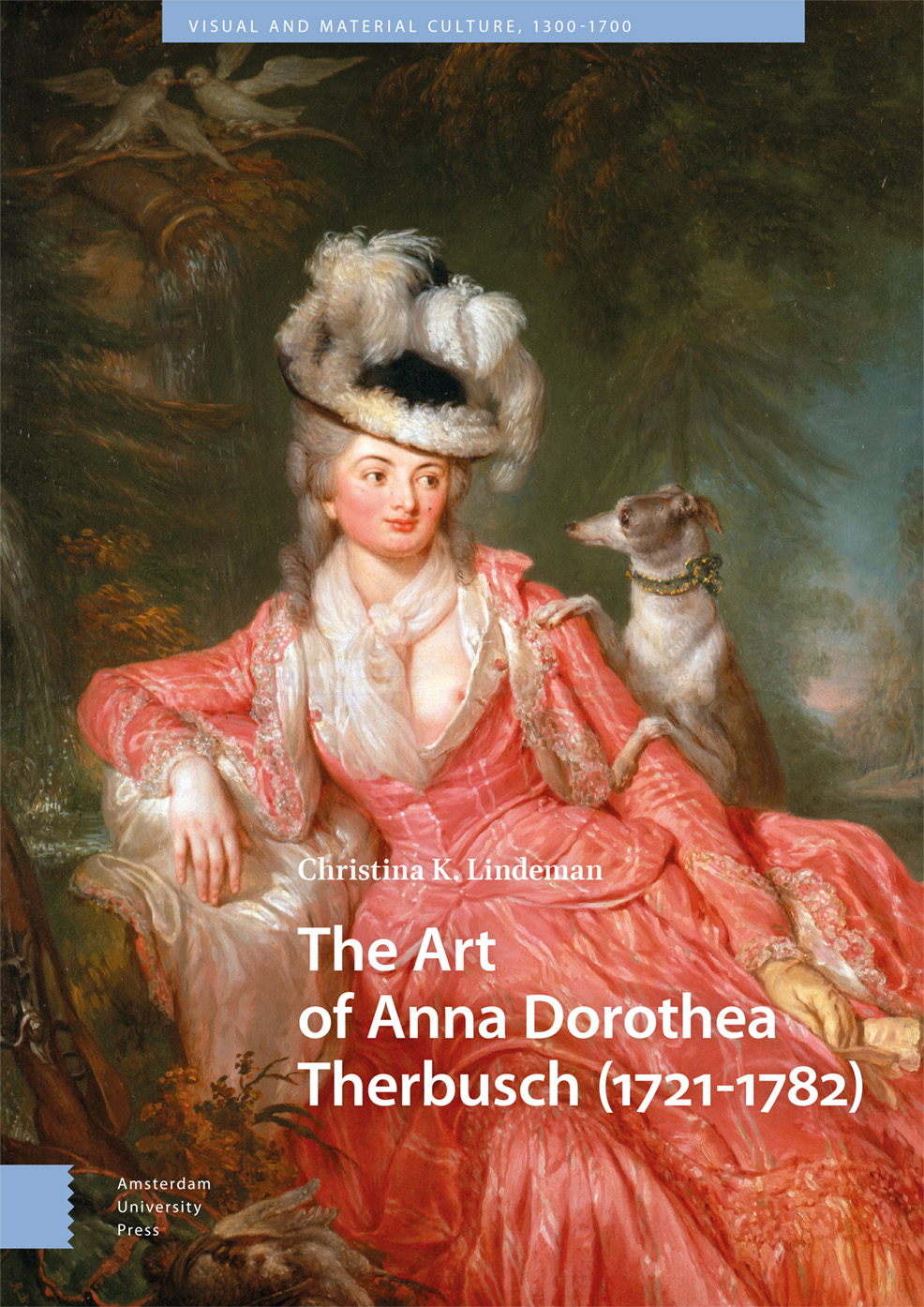Lecture | Iris Moon on Queen Mary’s Blue and White Ceramics
This Thursday at Yale’s History of Art Department:
Iris Moon | Blue Milk: Mary II, Porcelain, and the Queen’s Body at the Hampton Court Dairy
Yale University, 2 November 2023, 4pm
 In this talk Iris Moon will explore the porcelain and delftware collection of Mary II (1662–1794) and how these artificial blue and white objects shaped the image of the queen and co-ruler of England with William III. After taking the throne in 1689, Mary II became actively involved in the extensive renovation of Hampton Court, the dilapidated Tudor residence. This included the creation of spaces designed for the queen’s pleasure, in particular the dairy in the Water Gallery, constructed out of the Tudor Watergate, a former royal retreat. Dairies in the early modern period, as the work of Meredith Martin has suggested, were not only gendered retreats of pleasure and privacy, but strategic sites of power. This presentation argues that these sites, premised upon an endless flow of milk and the promise of maternal fecundity and provisioning, also functioned as the architectural means through which female rulers worked through the anxieties of dynastic succession and the pressures to reproduce an heir. Bringing feminist theories of the body to bear upon the rare survivals from Mary II’s now destroyed dairy, such as a blue and white earthenware tile in The Metropolitan Museum of Art, Dr. Moon looks at how Mary’s extensive ceramics collection of Dutch earthenware and Asian export porcelain shaped her public persona after her sudden death in 1694. More than this, it created a surrogate, artificial body of blue and white that became mapped onto memories of the queen.
In this talk Iris Moon will explore the porcelain and delftware collection of Mary II (1662–1794) and how these artificial blue and white objects shaped the image of the queen and co-ruler of England with William III. After taking the throne in 1689, Mary II became actively involved in the extensive renovation of Hampton Court, the dilapidated Tudor residence. This included the creation of spaces designed for the queen’s pleasure, in particular the dairy in the Water Gallery, constructed out of the Tudor Watergate, a former royal retreat. Dairies in the early modern period, as the work of Meredith Martin has suggested, were not only gendered retreats of pleasure and privacy, but strategic sites of power. This presentation argues that these sites, premised upon an endless flow of milk and the promise of maternal fecundity and provisioning, also functioned as the architectural means through which female rulers worked through the anxieties of dynastic succession and the pressures to reproduce an heir. Bringing feminist theories of the body to bear upon the rare survivals from Mary II’s now destroyed dairy, such as a blue and white earthenware tile in The Metropolitan Museum of Art, Dr. Moon looks at how Mary’s extensive ceramics collection of Dutch earthenware and Asian export porcelain shaped her public persona after her sudden death in 1694. More than this, it created a surrogate, artificial body of blue and white that became mapped onto memories of the queen.
Iris Moon is an assistant curator in the European Sculpture and Decorative Arts Department at The Metropolitan Museum of Art, where she is responsible for European ceramics and glass. At The Met, she participated in the reinstallation of the British Galleries, and she is currently planning an exhibition on Chinoiserie, women, and the porcelain imaginary that will open in 2025.
Exhibition | Michail Michailov’s Dust to Dust at the Belvedere

Michail Michailov, Dust to Dust, as installed in the Carlone Hall of the Upper Belvedere in 2023.
(Photo by Johannes Stoll)
◊ ◊ ◊ ◊ ◊
From the press release (via Art Daily) for the exhibition:
Michail Michailov: Dust to Dust
Upper Belvedere, Vienna, 19 October 2023 — 14 April 2024
Curated by Stella Rollig with Johanna Hofer
As part of the Belvedere’s Carlone Contemporary series, Michail Michailov presents Dust to Dust, an 18-part trompe l’oeil drawing, previously exhibited at the Bulgarian Pavilion of the 2022 Venice Biennale. The modular work captures incidental, often overlooked vestiges of time, such as dust, hair, imprints, and stains, calling into question the value and existence of things.

Michail Michailov, Dust to Dust, detail, colored pencil on paper, 2022 (Photograph by Lisa Rastl).
Upon first glance, Dust to Dust may seem like a minimalist installation amid the baroque ambiance of the Carlone Hall. However, upon closer inspection, the display’s space-consuming surface reveals profound poetry. Michailov has meticulously crafted an 18-part series of colored pencil drawings that capture the often unnoticed and incidental vestiges of time. The work is a microcosm touching on fundamental questions of value, transience, and existence with striking simplicity. The realism of Michailov’s trompe l’oeil technique can also be observed above the installation, in the Triumph of Aurora ceiling fresco, which portrays the victory of light over darkness.
Michail Michailov states: “While science explores matter through its composition, I try to understand its meaning through art.”
General Director Stella Rollig states: “Michail Michailov is interested in providing his audience with an experience that only art can make possible. The old master technique of trompe l’oeil that he employs in the Carlone Hall seeks to amaze, amuse, and fascinate. Whether in a large-scale installation or a sheet of paper, Michailov’s work challenges the senses to set the mind in motion.”
Michail Michailov was born in 1978 in Veliko Tarnovo, Bulgaria, where he studied fine arts. Since 2002, he has lived and worked in Vienna, where he completed a degree in art history. His artistic practice moves fluidly between the fields of drawing, installation, film, and performance. The Carlone Contemporary Series showcases contemporary works in the Carlone Hall of the Upper Belvedere. From the frescoed ancient world of the deities Apollo and Diana to the present day, artists bridge the Baroque pictorial program with fresh artistic perspectives.
New Book | Decay and Afterlife
From The University of Chicago Press:
Aleksandra Prica, Decay and Afterlife: Form, Time, and the Textuality of Ruins, 1100 to 1900 (Chicago: The University of Chicago Press, 2022), 304 pages, ISBN: 978-0226811314 (hardcover), $105 / ISBN: 978-0226811598, $35. Also available as a PDF.
 Covering 800 years of intellectual and literary history, Prica considers the textual forms of ruins.
Covering 800 years of intellectual and literary history, Prica considers the textual forms of ruins.
Western ruins have long been understood as objects riddled with temporal contradictions, whether they appear in baroque poetry and drama, Romanticism’s nostalgic view of history, eighteenth-century paintings of classical subjects, or even recent photographic histories of the ruins of postindustrial Detroit. Decay and Afterlife pivots away from our immediate, visual fascination with ruins, focusing instead on the textuality of ruins in works about disintegration and survival. Combining an impressive array of literary, philosophical, and historiographical works both canonical and neglected, and encompassing Latin, Italian, French, German, and English sources, Aleksandra Prica addresses ruins as textual forms, examining them in their extraordinary geographical and temporal breadth, highlighting their variability and reflexivity, and uncovering new lines of aesthetic and intellectual affinity. Through close readings, she traverses eight hundred years of intellectual and literary history, from Seneca and Petrarch to Hegel, Goethe, and Georg Simmel. She tracks European discourses on ruins as they metamorphose over time, identifying surprising resemblances and resonances, ignored contrasts and tensions, as well as the shared apprehensions and ideas that come to light in the excavation of these discourses.
Aleksandra Prica is associate professor of German literature at the University of North Carolina at Chapel Hill.
c o n t e n t s
List of Figures
List of Abbreviations
Introduction
I | Foundations
1 Among Ruins: Martin Heidegger and Sigmund Freud
2 Afterlife: Hans Blumenberg and Walter Benjamin
II | The Propitious Moment
3 Petrarch and the View of Rome
4 Poliphilo and the Dream of Ruins
III | Living On
5 Ferdinand Gregorovius, Hildebert of Lavardin, and the Rupture of Continuity
6 Lucius Annaeus Seneca, Martin Opitz, and the Overcoming of Vanity
IV | The Battleground of Time
7 Johann Jacob Breitinger, Andreas Gryphius, and the Reconsideration of Allegory
8 Thomas Burnet, Georg Wilhelm Friedrich Hegel, and the Realignment of Discourses
V | Futures and Ruins
9 Johann Wolfgang von Goethe, Georg Simmel, and the Provisionality of Forms
Epilogue
Acknowledgments
Bibliography
Index



















leave a comment